
Roots
For those whose coils and curls defy gravity, whose strands tell tales of sun-drenched savannas and humid forest canopies, the very breath of existence has long been a dialogue with the elements. Our textured hair, a crown of ancestral memory, has always stood in a unique relationship with the world around it. It is not merely a biological structure; it is a living archive, each twist and turn a testament to the ingenuity and wisdom of those who came before us.
We carry within our very fibers the echoes of ancient practices, the silent understanding that shielded these precious strands from the relentless sun, the drying winds, the dust-laden air, and the chill of the night. This exploration invites us to listen closely to those whispers from the past, to discern how our forebears, with profound respect for the natural world, cultivated regimens that safeguarded their hair from the rigors of their environments.
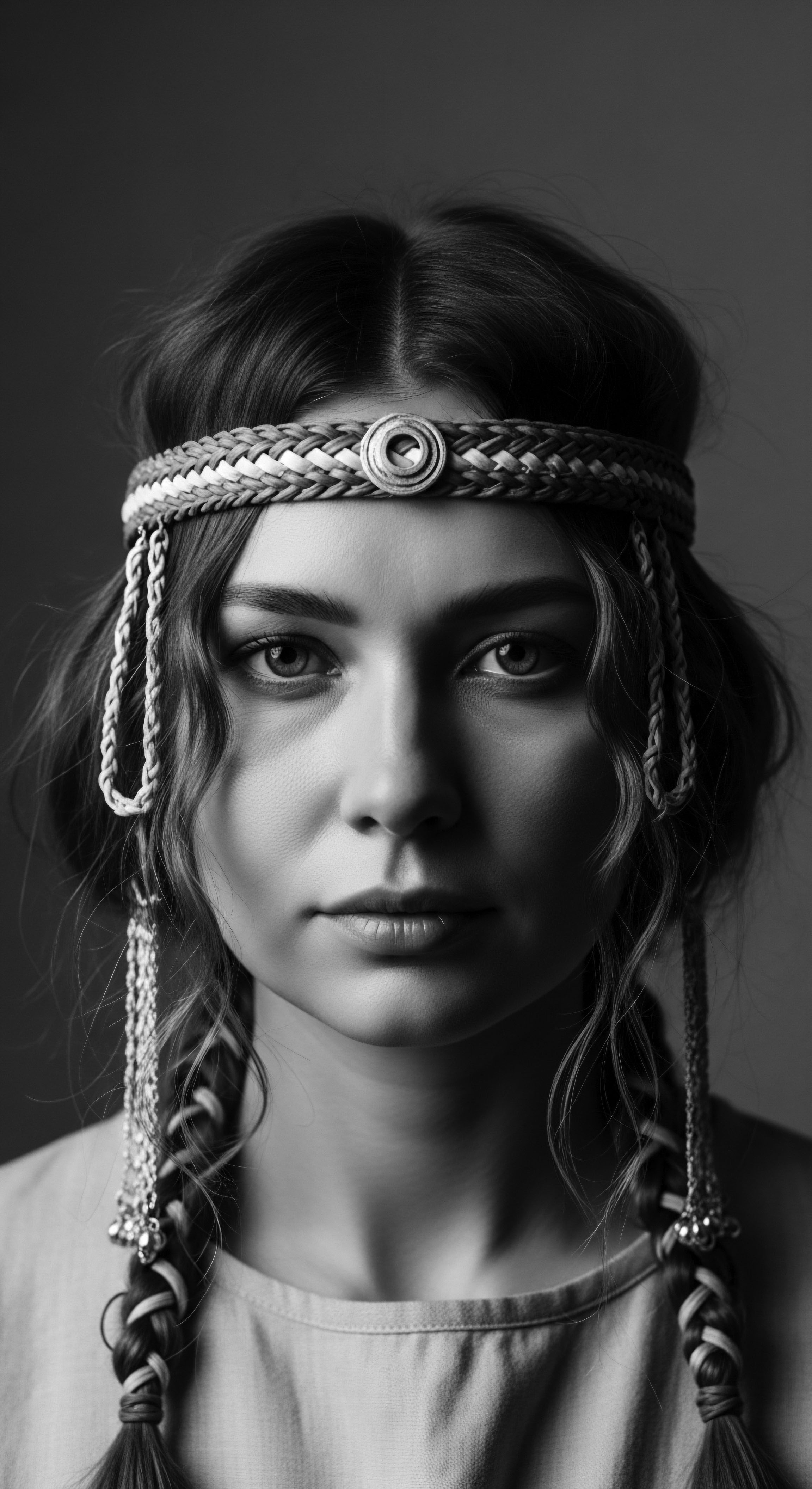
The Hair’s Intrinsic Shield and Environmental Realities
The inherent architecture of textured hair, characterized by its elliptical cross-section and varying curl patterns, bestows upon it a distinct set of vulnerabilities and strengths when facing external forces. Unlike straighter hair types, the numerous twists and turns along a single strand of textured hair mean that its outer layer, the cuticle, is often raised at these points of curvature. This structural characteristic, while contributing to its magnificent volume and unique aesthetic, also presents more surface area for moisture to escape and for environmental aggressors to penetrate. Sun exposure, for instance, can degrade the protein structure within the hair shaft, leading to brittleness and color fading.
Arid climates strip away vital hydration, leaving strands parched and prone to breakage. Dust and particulate matter cling to the hair’s surface, creating dullness and potential irritation to the scalp. Ancestral communities, keenly attuned to these environmental realities, developed methods that worked in concert with the hair’s natural inclinations, rather than against them.
The intrinsic structure of textured hair, with its unique curl patterns, necessitated specific ancestral practices for environmental protection.
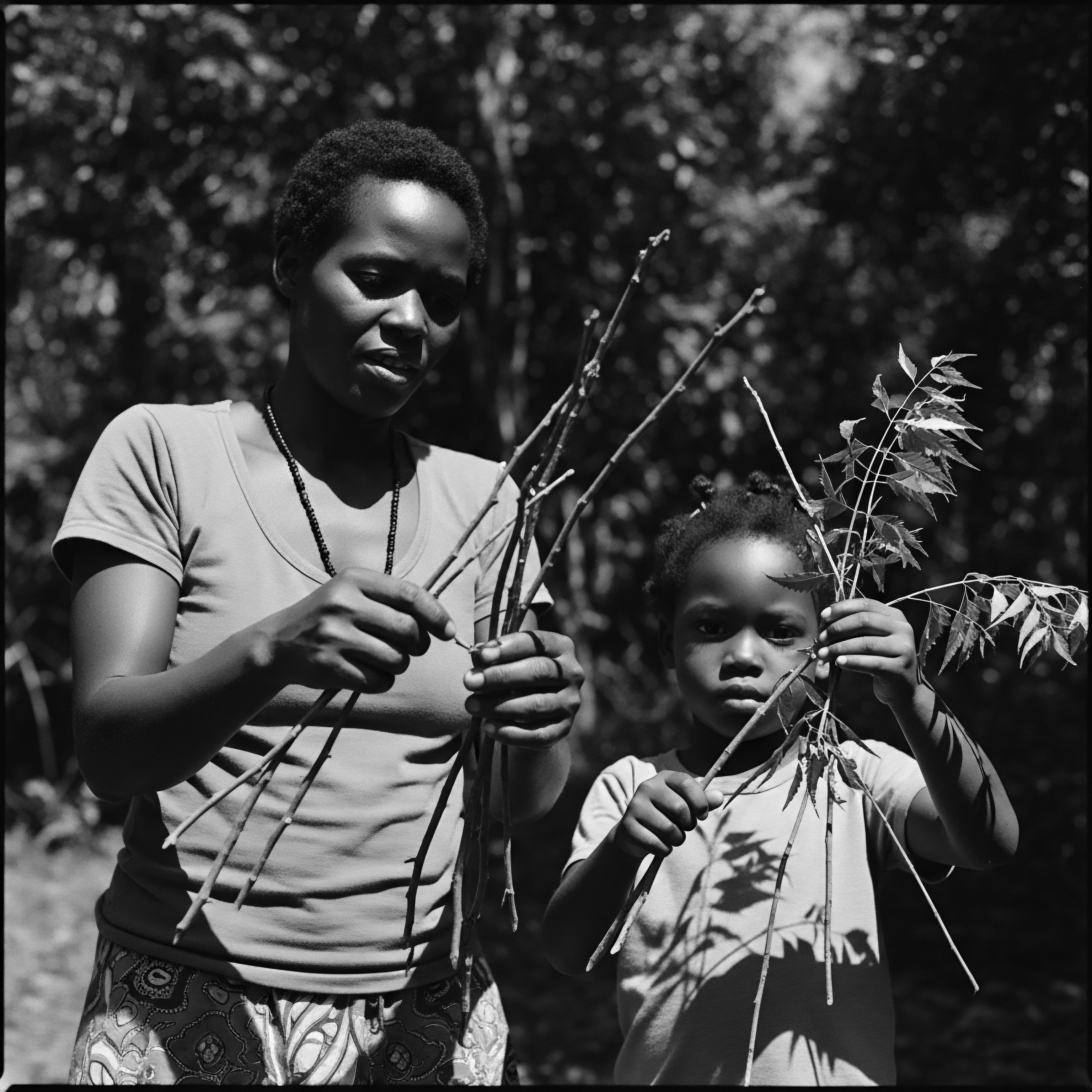
Ancestral Wisdom of Botanical Extracts and Earth’s Bounty
Across continents and civilizations, the earth provided the earliest remedies and protective agents. Long before the advent of synthetic compounds, communities relied on the abundant pharmacopoeia of nature. Plants, clays, and animal fats became the primary tools in their arsenal against environmental damage. The application of oils, for example, served multiple purposes.
They created a physical barrier against dust and dryness, sealed in the hair’s natural moisture, and often provided a subtle sheen that reflected light, perhaps offering a degree of natural UV protection. Consider the ancient Egyptians, who utilized oils such as Castor Oil and Moringa Oil, not only for their cosmetic appeal but also for their ability to condition and shield hair from the harsh desert sun and dry air. These botanical essences were more than mere adornments; they were integral components of a holistic approach to hair preservation.

Understanding Hair’s Vulnerability Through Ancient Eyes
For our ancestors, hair was not simply an aesthetic feature; it held spiritual, social, and cultural significance. Its health and appearance were often linked to one’s vitality, status, and connection to the divine. This deep reverence meant that its care was approached with deliberate intention. They understood, through observation and inherited knowledge, that hair exposed to constant sun would weaken, that winds would tangle and break delicate strands, and that harsh conditions could compromise its integrity.
Their protective practices arose from this understanding, a blend of empirical knowledge passed down through generations and a profound respect for the hair’s living essence. This ancestral foresight laid the groundwork for complex care rituals designed to mitigate environmental assault.

Ritual
To truly comprehend the protective ingenuity of our ancestors, one must step beyond mere observation and consider the deep-seated ritual that shaped their daily lives. It is within these established patterns of care that the wisdom concerning textured hair’s defense against environmental elements truly shines. These were not random acts but carefully orchestrated routines, passed from elder to youth, often imbued with spiritual meaning and communal significance.
They understood that consistent, mindful engagement with the hair, utilizing specific techniques and natural resources, served as a powerful shield. Let us now delve into the deliberate artistry and scientific foresight embedded within these time-honored practices, observing how they created a sanctuary for the strands.
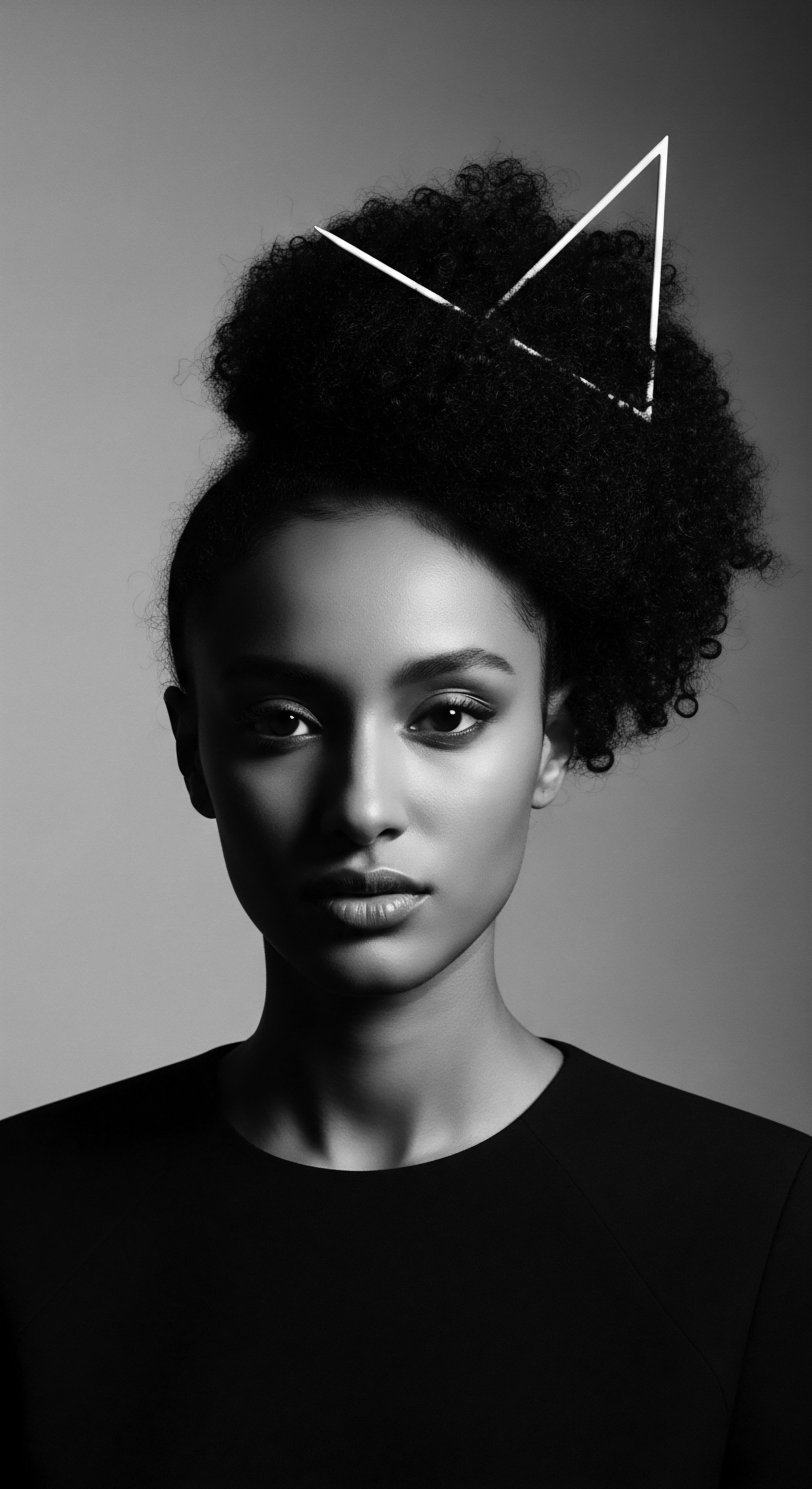
The Artistry of Protective Styles
One of the most powerful and universally adopted ancient practices for safeguarding textured hair from environmental exposure was the creation of protective styles. These intricate coiffures served as a physical barrier, minimizing direct contact with sun, wind, dust, and even abrasive surfaces during sleep. From the meticulously crafted cornrows of West Africa to the elaborate braided patterns of ancient Egypt and the tightly coiled bantu knots, these styles encased the delicate hair shaft, preserving moisture and reducing mechanical stress. The sheer variety of these styles across different cultures speaks to their adaptability and effectiveness.
For instance, the Himba people of Namibia traditionally coat their hair in Otjize Paste, a mixture of ochre, butterfat, and aromatic resin. This deep red mixture, applied daily, acts as a potent sunscreen, moisturizer, and cleanser, shielding their distinctive dreadlocks from the intense desert sun and arid winds, a practice rooted in their heritage for centuries (Crittenden, 2011).
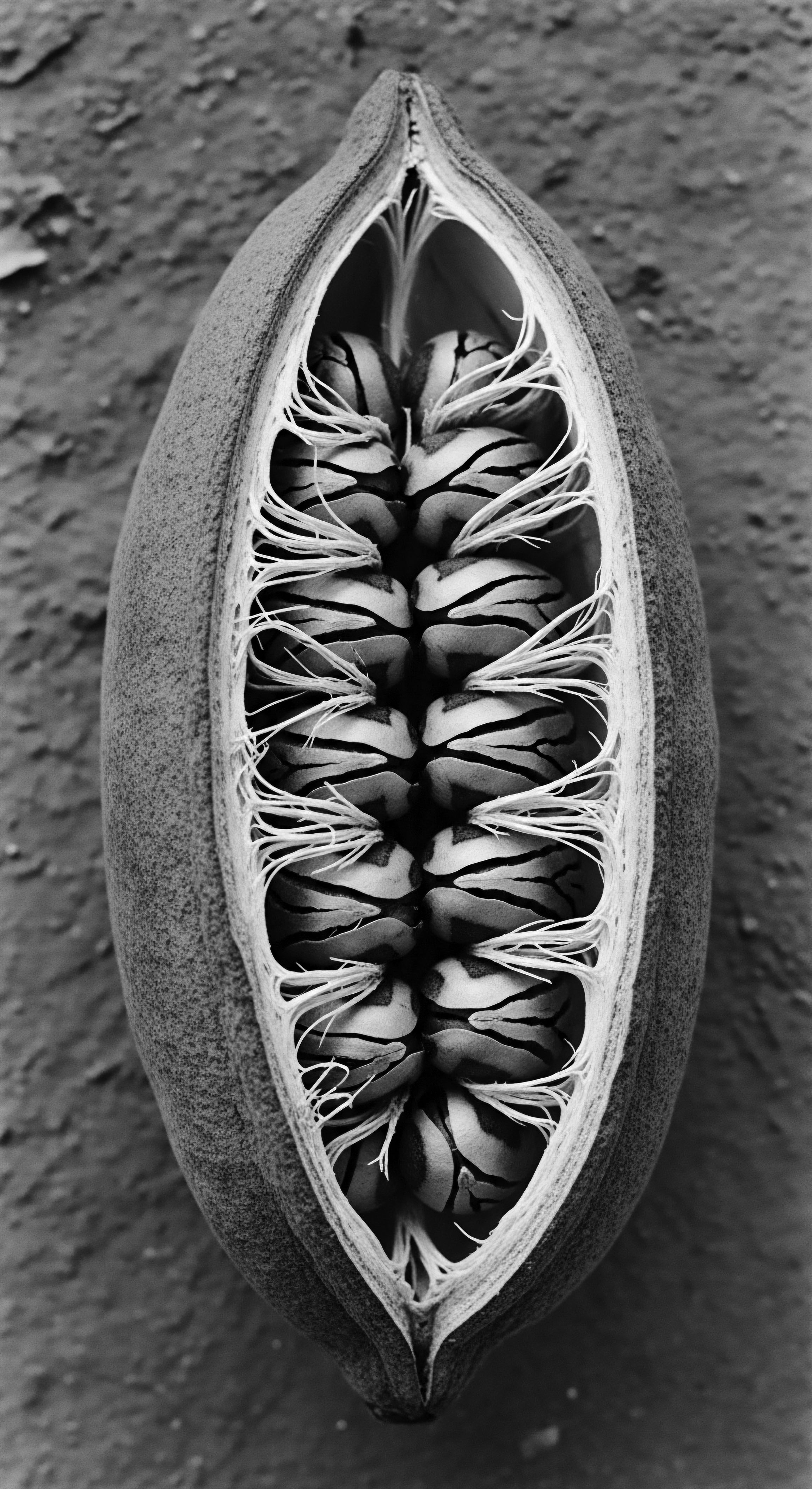
Braids and Coils as Environmental Barriers
The act of braiding or twisting hair into cohesive units reduced the overall surface area exposed to the elements. This simple yet profound principle meant less moisture evaporation, less accumulation of airborne particles, and less direct sun damage. Moreover, these styles kept hair neatly contained, preventing tangling and knotting that could lead to breakage, especially during active periods or in windy conditions.
- Braids ❉ Offering exceptional containment, braids minimized exposure and friction. Varieties included intricate cornrows, single plaits, and elaborate interwoven patterns, each providing a degree of protection.
- Twists ❉ Similar to braids, twists offered a softer, often more flexible form of containment, preserving moisture and reducing environmental impact.
- Coils and Knots ❉ Styles like bantu knots, where sections of hair are twisted and coiled tightly against the scalp, provided maximal protection by completely enclosing the hair, shielding it from direct exposure.

Tools and Traditional Techniques
The implements used in ancient hair care were often crafted from natural materials, reflecting a deep connection to the earth. Combs made from wood, bone, or horn were designed to gently navigate the unique texture of hair, minimizing snagging and breakage. The very act of detangling and styling became a deliberate, often communal, process.
| Tool Type Combs |
| Traditional Material Wood, Bone, Horn |
| Protective Function Gentle detangling, minimizing breakage, distributing natural oils. |
| Tool Type Hair Pins/Ornaments |
| Traditional Material Wood, Metal, Shell, Beads |
| Protective Function Securing protective styles, adding weight to keep hair contained in wind. |
| Tool Type Hair Wraps/Head coverings |
| Traditional Material Natural Fibers (cotton, silk, linen) |
| Protective Function Physical barrier against sun, dust, and friction; moisture retention. |
| Tool Type These tools were extensions of ancestral wisdom, designed to work in harmony with textured hair's inherent qualities. |
Ancient hair care was not merely cosmetic; it was a profound act of preservation, utilizing the earth’s bounty and ingenious styling.
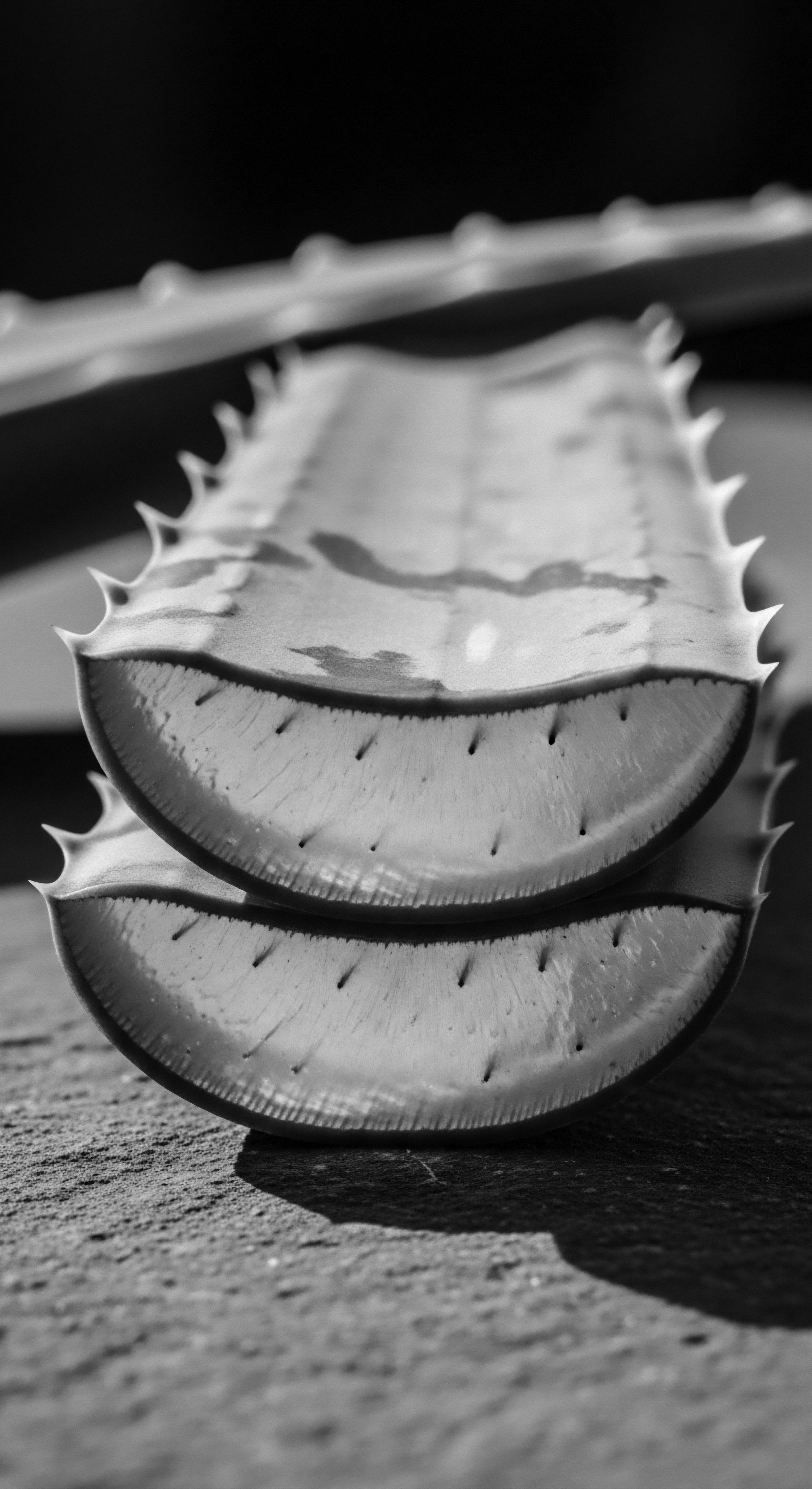
The Role of Adornment in Protection
Beyond purely practical measures, adornment frequently served a dual purpose, blending aesthetics with protection. Beads, cowrie shells, and other embellishments woven into braids or twists added weight, helping to keep styles compact and less prone to unraveling in windy conditions. These additions could also act as a subtle shield, creating a micro-environment around the hair that buffered it from direct elemental impact.
The choices of materials often carried symbolic meaning, connecting the wearer to their lineage and the spiritual realm, while simultaneously serving a functional role in hair preservation. The deliberate integration of beauty and utility speaks volumes about the holistic approach to textured hair heritage.
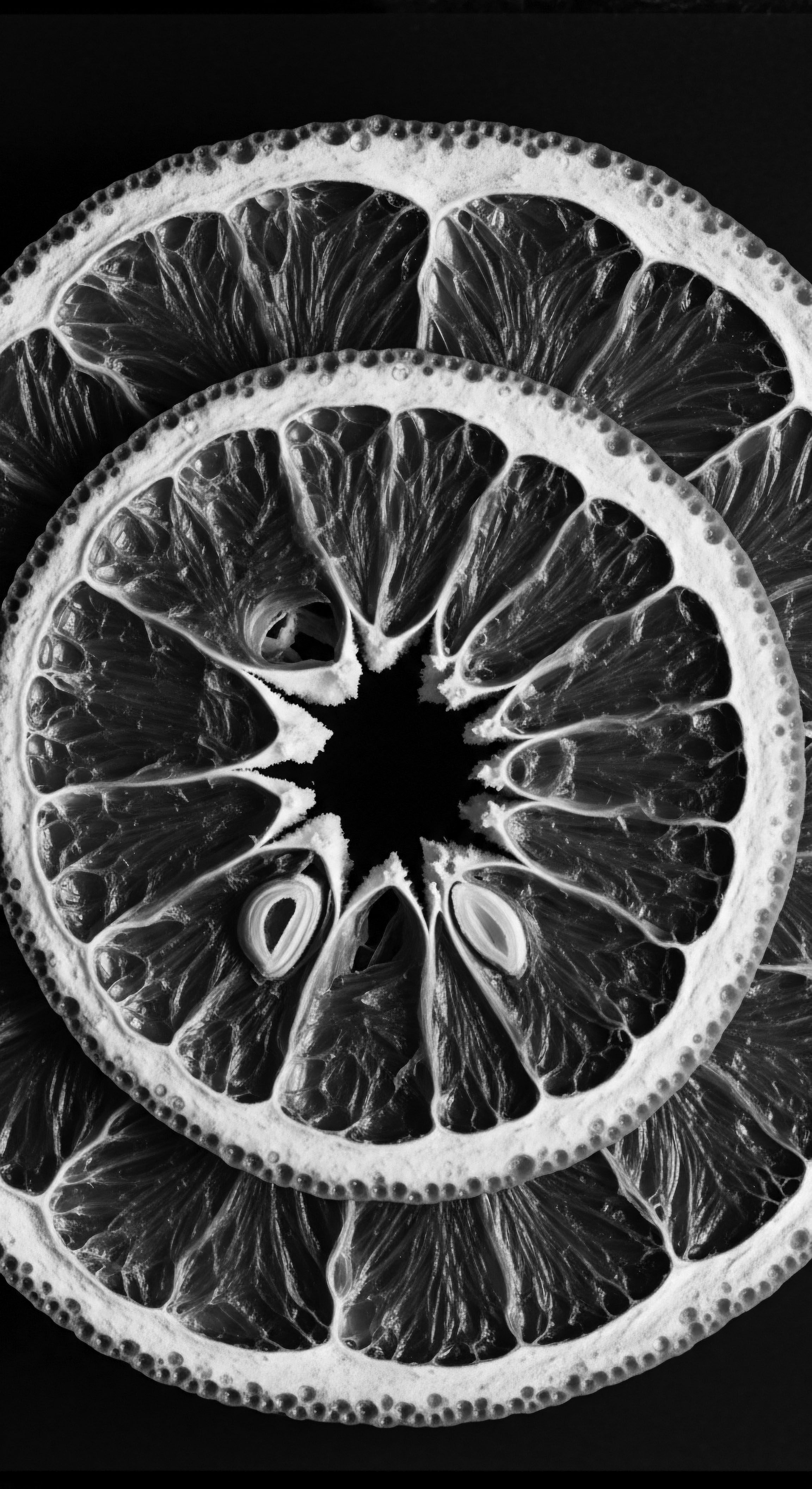
Relay
As we trace the lineage of textured hair care, we encounter a profound continuum, a relay of wisdom passed through generations, where ancient practices continue to inform and enrich our contemporary understanding. This is where the threads of elemental biology, cultural practice, and ancestral foresight intertwine most deeply, revealing a sophisticated grasp of environmental protection that often predates modern scientific explanation. The enduring relevance of these methods lies in their inherent effectiveness and their deep connection to the holistic wellbeing of the individual and community. Let us now examine the nuanced interplay of these elements, observing how historical ingenuity laid the groundwork for resilience and sustained vitality.
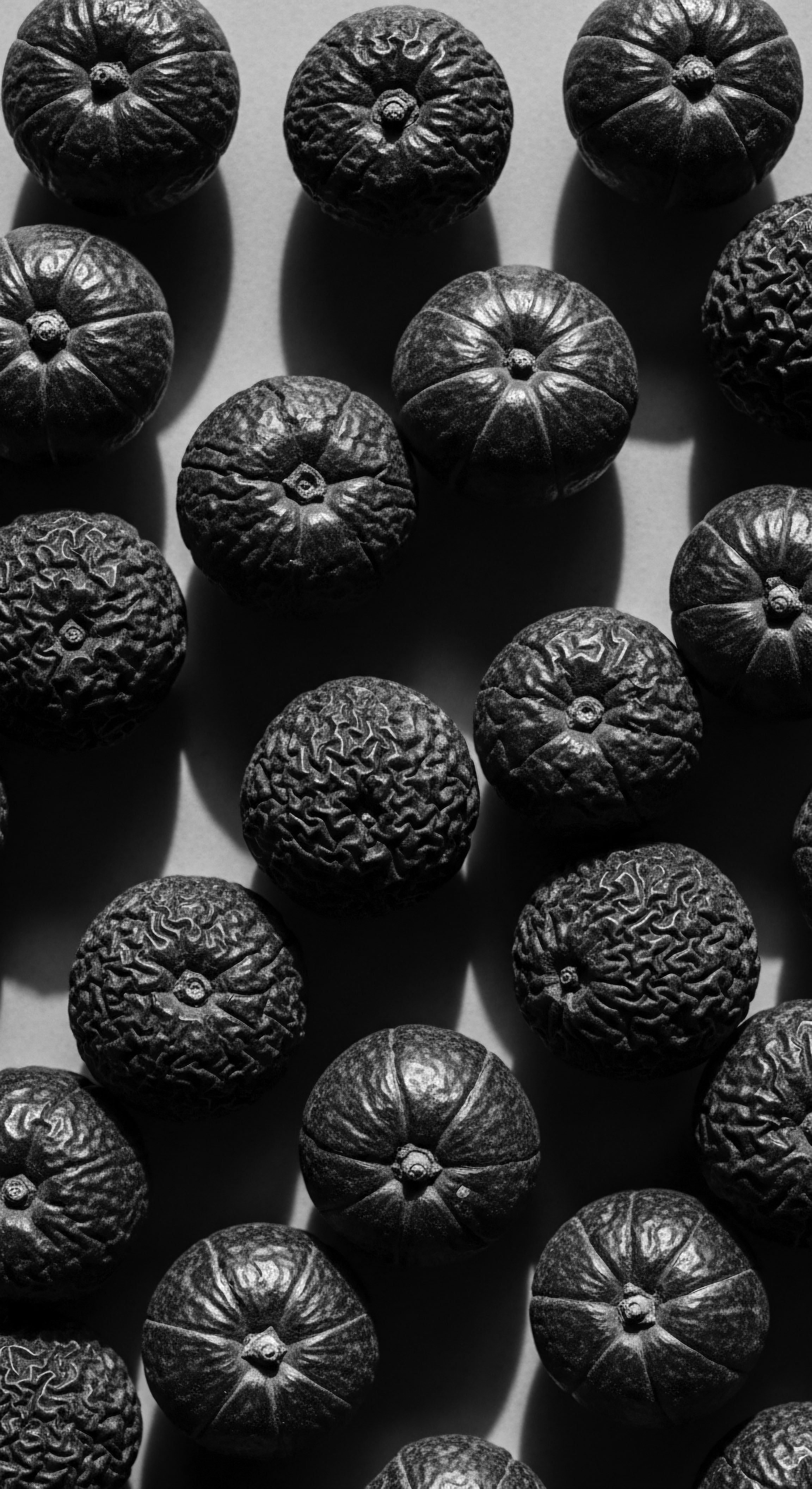
Botanical Alchemy for Environmental Defense
The meticulous selection and application of botanical ingredients represent a cornerstone of ancient protective practices. Our ancestors were adept botanists, identifying plants whose properties could counteract the damaging effects of sun, wind, and dryness. These plant-based concoctions were not merely conditioners; they were complex formulations designed to hydrate, seal, and provide a protective layer.
Consider the widespread use of Shea Butter (from the karité tree, Vitellaria paradoxa) across West Africa. For millennia, this rich, emollient fat has been prized for its profound moisturizing capabilities. Its high concentration of fatty acids and vitamins (A, E, F) allows it to create a semi-occlusive barrier on the hair shaft, effectively reducing transepidermal water loss and shielding strands from desiccation in harsh, arid climates. The protective qualities of shea butter against solar radiation have even been explored in modern research, with studies suggesting its potential as a natural UV filter (Akihisa et al.
2010). This exemplifies how ancestral wisdom, born of necessity and observation, aligns with contemporary scientific understanding.
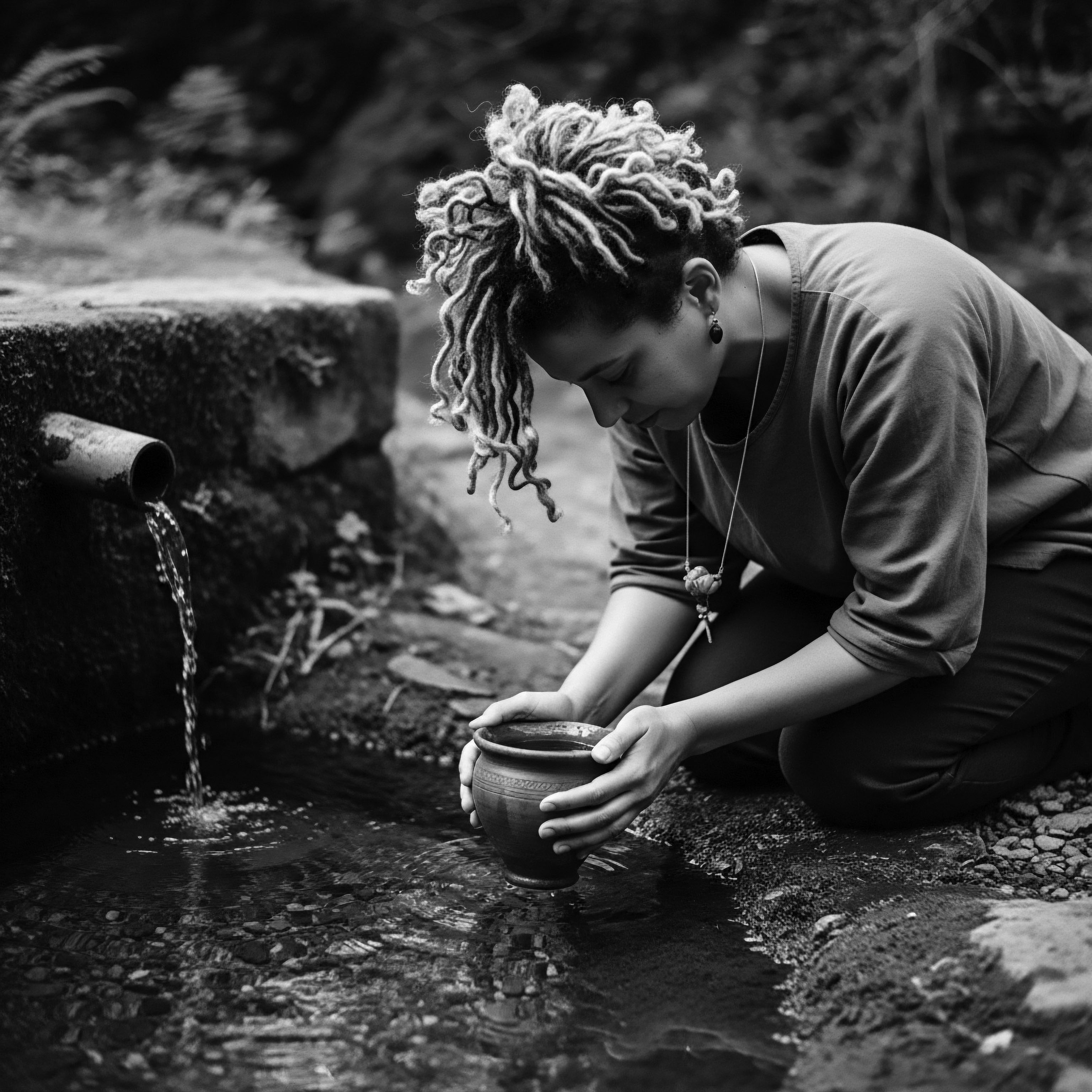
Natural Conditioners and Sun Shields
Beyond shea butter, a multitude of plant-derived substances were employed:
- Coconut Oil ❉ Prevalent in tropical regions, its unique molecular structure allows it to penetrate the hair shaft, reducing protein loss and offering a degree of UV protection.
- Aloe Vera ❉ Used for its soothing and hydrating properties, it helped to calm irritated scalps and provide moisture to dry strands, particularly after sun exposure.
- Henna and Indigo ❉ While primarily used for coloring, these plant dyes also coated the hair shaft, adding a protective layer that could shield against environmental damage and strengthen the hair.
- Clays (e.g. Rhassoul Clay) ❉ Utilized for gentle cleansing without stripping natural oils, these clays also provided minerals and formed a protective barrier on the hair and scalp.

The Communal Aspect of Hair Care and Knowledge Transfer
The transmission of these protective practices was rarely a solitary endeavor. Hair care, particularly within many African and diasporic communities, was a deeply communal activity. It was often performed by mothers, aunts, grandmothers, and community elders, transforming a functional necessity into a moment of bonding, storytelling, and cultural transmission. This collective approach ensured that intricate braiding techniques, the precise mixing of botanical remedies, and the understanding of environmental threats were not lost but rather reinforced and adapted across generations.
The oral traditions, songs, and shared rituals surrounding hair care served as a living curriculum, embedding the protective wisdom within the very fabric of daily life. This communal relay system was crucial for the enduring legacy of textured hair heritage.
The collective wisdom of ancestral communities, transmitted through shared rituals, ensured the preservation of protective hair care practices.
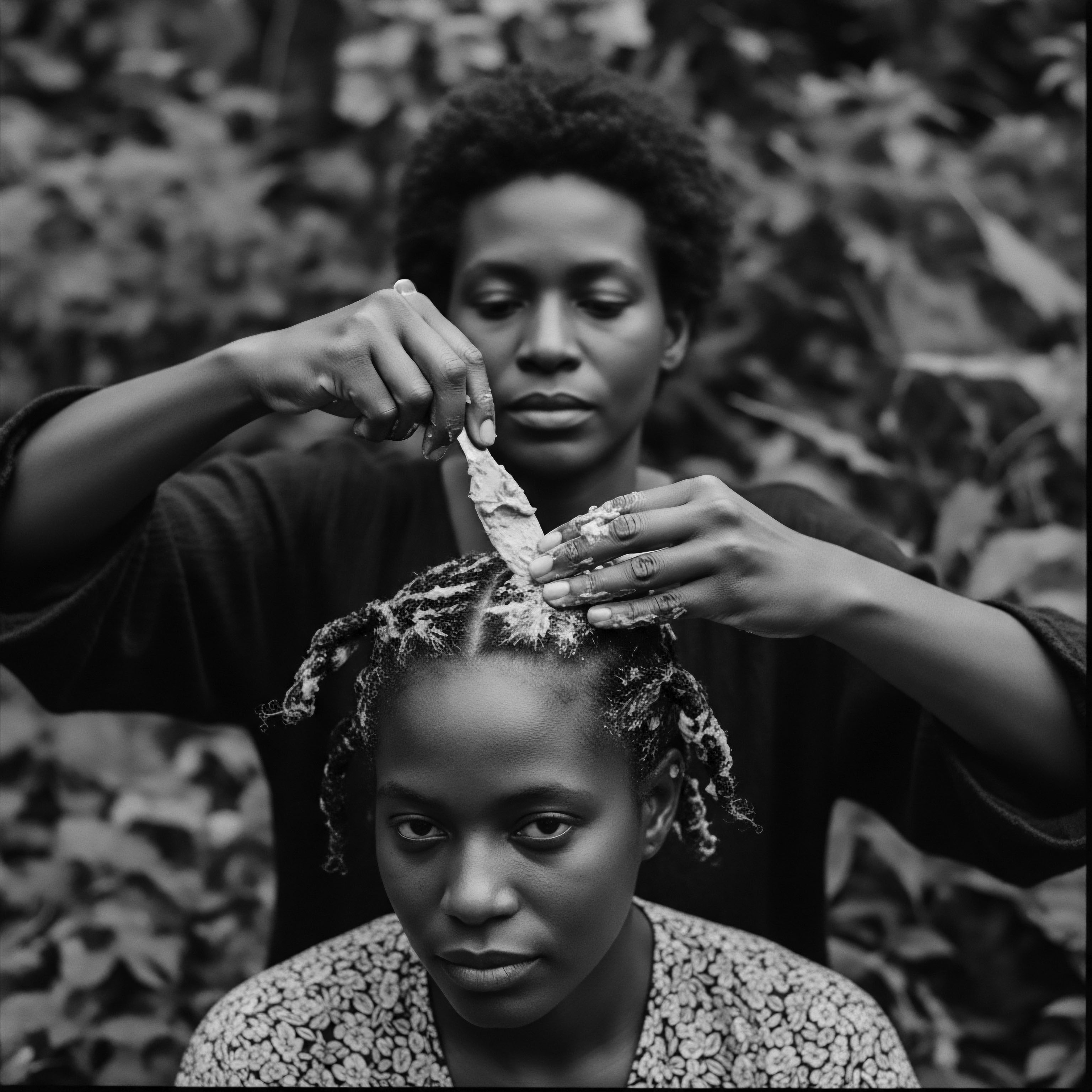
Validating Ancestral Wisdom with Modern Insight
Contemporary science, far from discrediting these ancient ways, often serves to illuminate the precise mechanisms behind their effectiveness. The understanding of the hair’s cuticle layer, its vulnerability to environmental stressors, and the protective qualities of natural lipids and proteins, offers a scientific lens through which to appreciate the genius of our ancestors. For instance, the use of hair wraps and head coverings, ubiquitous across many ancient cultures, is now understood to significantly reduce mechanical friction, prevent moisture loss, and block harmful UV radiation, all of which contribute to the preservation of hair integrity (McMichael, 2003). The continuity of these practices, from ancient African kingdoms to contemporary Black communities globally, stands as a powerful testament to their efficacy and the enduring relevance of textured hair heritage.
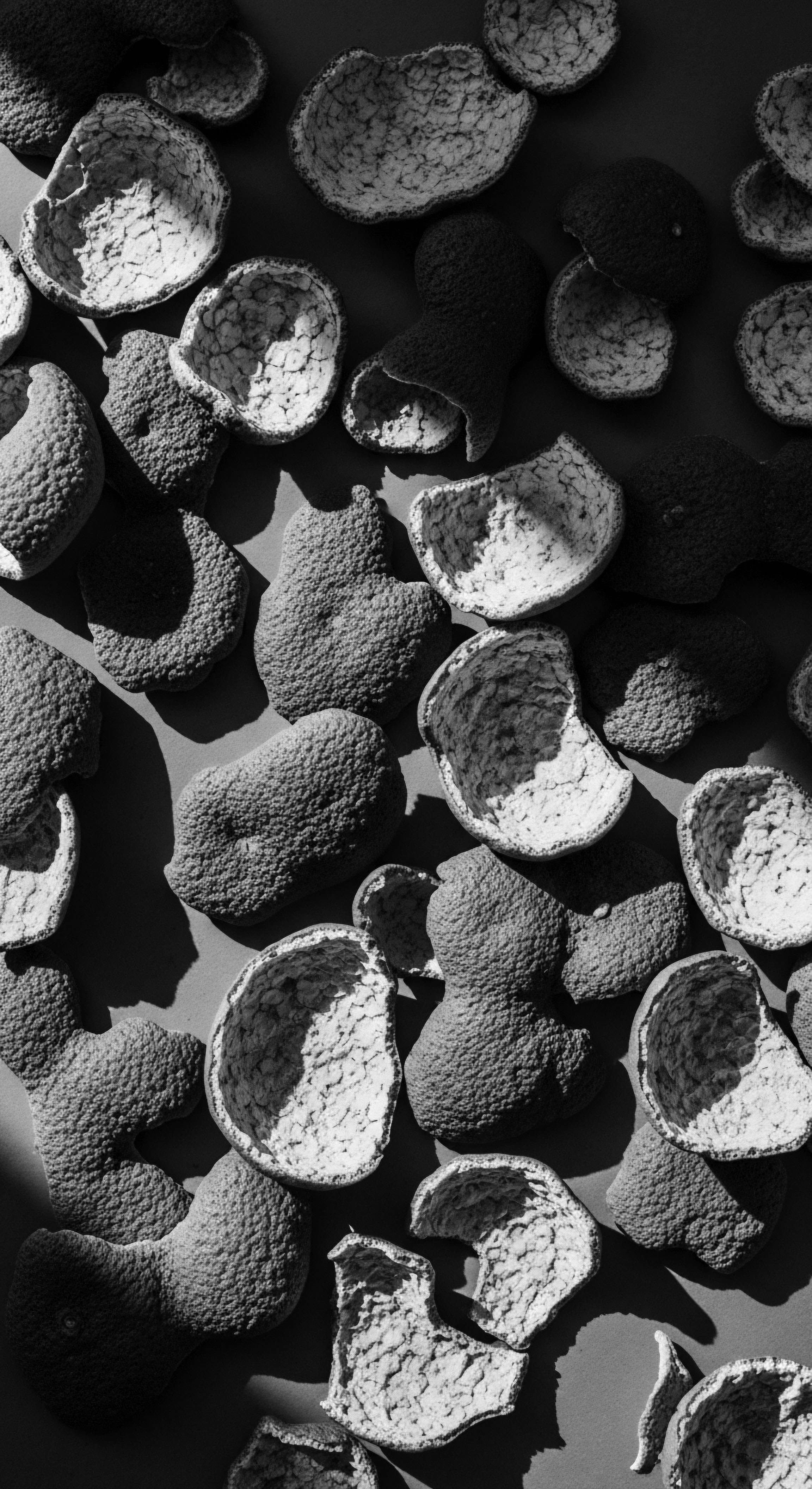
Reflection
The journey through ancient practices for textured hair protection is more than a historical account; it is a profound meditation on resilience, ingenuity, and the enduring connection to our heritage. Each strand, each coil, carries within it the memory of sun-drenched days and star-lit nights, of hands that braided with purpose, and of earth’s bounty that offered solace and shield. These ancestral rhythms, once vital for survival, now stand as luminous reminders of a wisdom that transcended mere appearance.
They speak to a deep understanding of self, community, and the natural world, a legacy that continues to nourish and guide our contemporary approaches to textured hair care. Our hair remains a living testament to the strength and beauty of those who came before us, a sacred trust we carry forward, forever entwined with the soul of a strand.
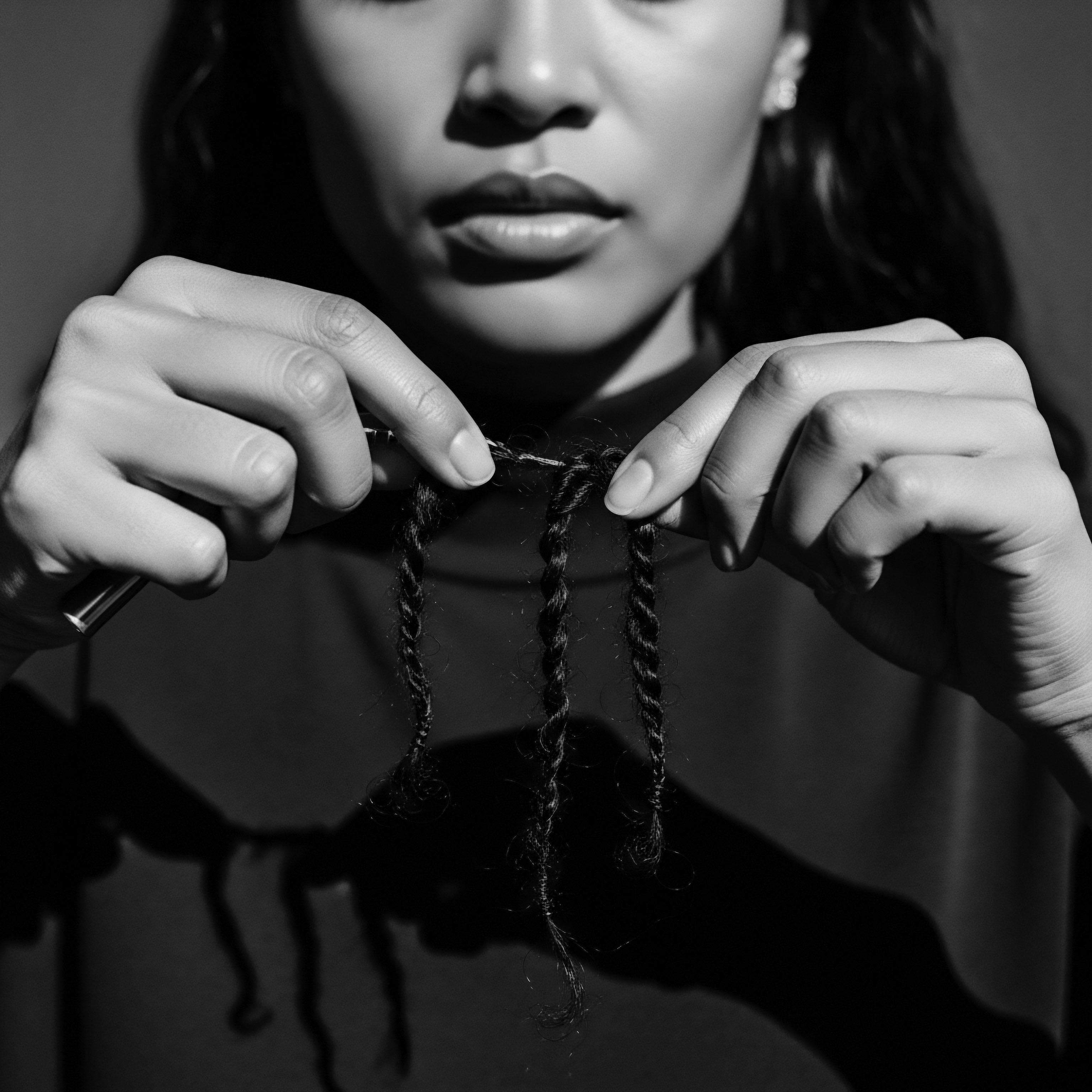
References
- Akihisa, T. Kojima, N. Kikuchi, N. Yasukawa, K. Tokuda, H. Takaishi, Y. & Shibuya, M. (2010). Anti-inflammatory and chemopreventive effects of triterpene cinnamates and acetates from shea fat. Journal of Oleo Science, 59(1), 35-41.
- Crittenden, A. N. (2011). The Himba of Namibia ❉ An ethnobotanical study of indigenous plant use for personal care and adornment. Journal of Ethnopharmacology, 137(1), 122-132.
- McMichael, A. J. (2003). Hair and scalp care in ethnic populations. Seminars in Cutaneous Medicine and Surgery, 22(1), 22-29.
- Byrd, A. & Tharps, L. D. (2014). Hair Story ❉ Untangling the Roots of Black Hair in America. St. Martin’s Griffin.
- Opoku, R. A. (2009). African Traditional Medicine ❉ A Search for a Healthy Future. Nova Science Publishers.
- Sobo, E. J. (2009). Culture and Hair ❉ A Global Perspective. Berg Publishers.
- Blay, K. A. (2000). African American Women and Hair ❉ Is It Just Hair? Carolina Academic Press.
